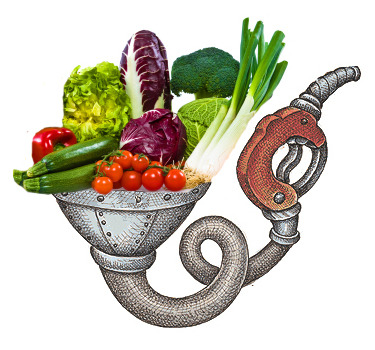How Many Calories In?
A very frequent question I receive is, “How many calories
should I take in per day?” Of course the
answer varies per person based on many factors.
The general weight loss equation we give to people is calories in must
be lower than calories out. But it IS
more complicated than that.
Our output (calories out) is a result of our metabolism,
which is a combination of our Resting Metabolic Rate, EPOC (excess
post-exercise oxygen consumption), NEAT (Non-exercise activity thermogenesis),
and our calories burned through exercise.
Whew! That’s a lot!
Our input (calories in) is a little less complicated as it
is purely what our diet is composed of.
But then we also have to factor in nutrient timing and macronutrients.
Yikes! That’s a lot
of information! Where to start? Let’s start today by calculating our resting
metabolic rate; the number of calories your body burns during the day to keep you functioning. The most commonly used equation for this is
the Mifflin-St. Joer Equation:
Women:
RMR= 4.54 x BW in lbs) + (15.875 x HT in inches) – (4.92 x
age) -161
Men:
RMR=4.54 x BW in lbs) + (15.875 x HT in inches) – (4.92 x
age) + 5
So I will use myself as an example. I weigh 140lbs, am 64 inches tall, and am 32
years old.
Shana’s RMR= (4.54 x 140) + (15.875 x 64) – (4.92 x 32) -
161
Thus my RMR= 1320kcal/day
What do we do with that number? Remember, in order to lose weight, we must
create a caloric deficit. I tend to
shoot for no more than a 500kcal deficit per day.
Today (Monday) my workout will be a spin class, which is
about 500kcal burned. So my total
calories burned today would = 1,820kcal.
To keep that 500kcal deficit I need to keep my caloric intake at
1,320kcal today. But we also have to take these numbers with a grain of salt. I know for a fact if I only take in 1,320 calories I will be hungry and low on energy during the day - most likely because of my non-exercise activities and EPOC from previous workouts. Thus I bump the number up just a bit (to about 1,600kcal) for my own sanity and success. Listen to your body- don't even feel hungry or full.
Yes the numbers may look scary, but it really is simple
math. Take a few minutes to estimate
your resting metabolic rate, multiply is by your activity score, and plan you
eating accordingly!


